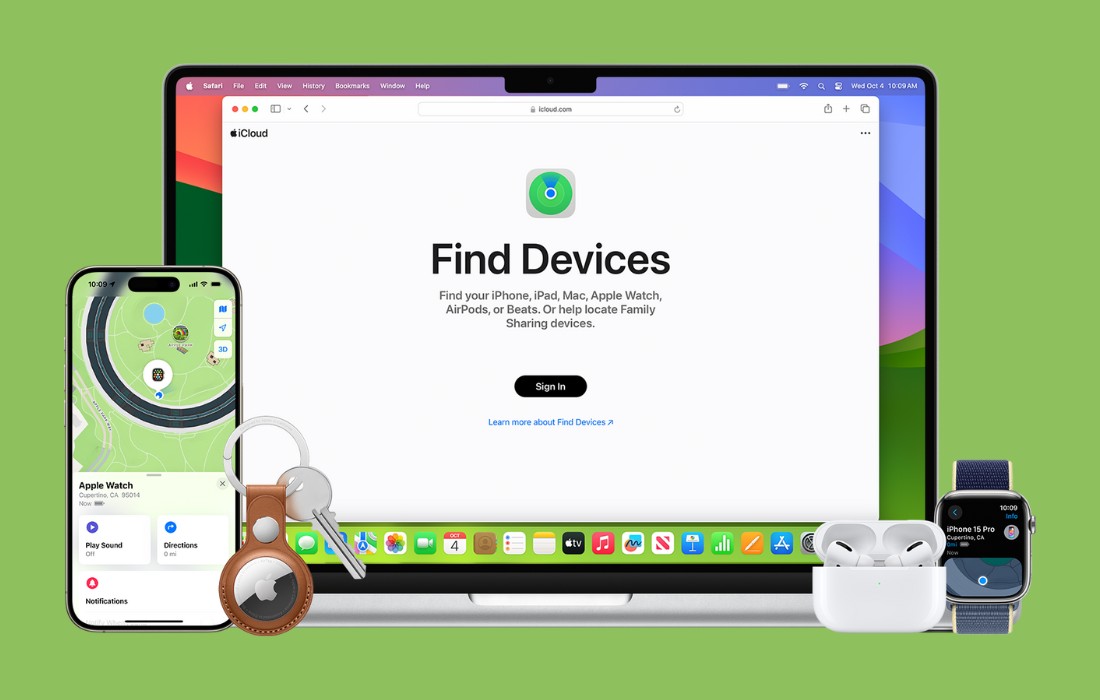When deciding between a budget-friendly virtual reality (VR) headset and a more expensive one, several factors come into play. Here’s what you need to consider:
1. Intended Use
- Educational or Short-Term Applications:
- Cheap VR Headsets are ideal for classroom settings or brief uses. They are lightweight and cost-effective, making them suitable for situations where durability and high performance are not as critical. For instance, devices like Google Cardboard are excellent for quick demos or educational purposes.
- Gaming or Long-Term Use:
- Expensive VR Headsets offer a richer experience with better performance for extended use, such as gaming or immersive applications. If you plan on using VR for extended periods or need advanced features, investing in a higher-end model might be worthwhile.
2. Tracking Sensor Quality
- Cheap VR Headsets:
- Typically have less sophisticated sensors, which might result in lower tracking accuracy. This can lead to a less immersive experience and potential discomfort, such as motion sickness or disorientation.
- Expensive VR Headsets:
- Usually come with high-quality sensors that provide precise tracking and better overall immersion. This is crucial for applications requiring high responsiveness and accuracy.
3. Compatibility
- Cheap VR Headsets:
- Often designed to work with a wide range of smartphones, making them versatile. For instance, some headsets will work with any phone that fits within the headset’s dimensions and has a gyroscope sensor.
- Expensive VR Headsets:
- May have specific compatibility requirements, such as working with certain models of smartphones or even requiring dedicated hardware like a PC or gaming console.
4. Hidden Costs
- Cheap VR Headsets:
- Generally rely on your smartphone for operation, eliminating the need for additional hardware. This keeps costs low, as you only need to purchase the headset itself.
- Expensive VR Headsets:
- May require additional equipment, such as a high-performance PC, specialized software, or additional accessories, which can add to the overall cost.
5. Portability
- Cheap VR Headsets:
- Lightweight and often foldable, making them easy to carry and use in various environments. They are suitable for casual use and on-the-go experiences.
- Expensive VR Headsets:
- Often heavier and more complex, which can affect portability. They may come with various components and controllers, which might not be as convenient to transport.
Conclusion
Cheap VR headsets can offer a satisfactory experience for short-term, educational, or casual use, especially if you are looking to minimize costs. They are also highly portable and easy to use. However, for a more immersive and long-term VR experience, especially involving gaming or professional applications, investing in a more expensive model with advanced features and better tracking sensors will provide a higher-quality experience.
When choosing a VR headset, consider your primary use case, the importance of tracking accuracy, compatibility with your current devices, potential hidden costs, and how important portability is to you. By aligning these factors with your needs, you can make an informed decision that best suits your requirements.












